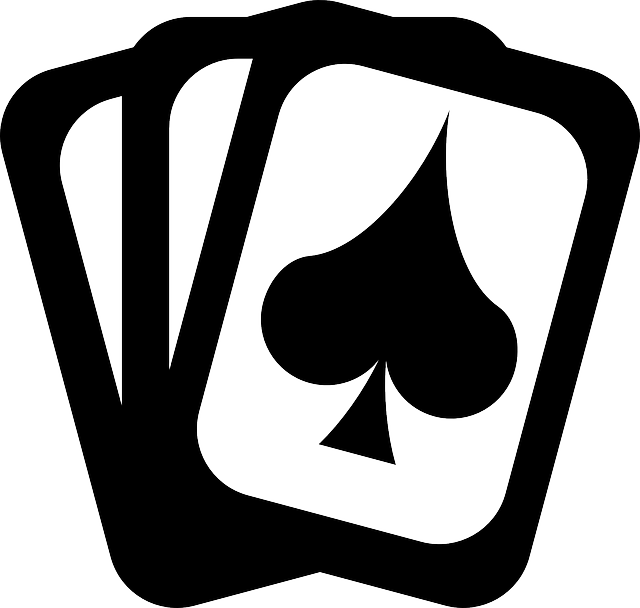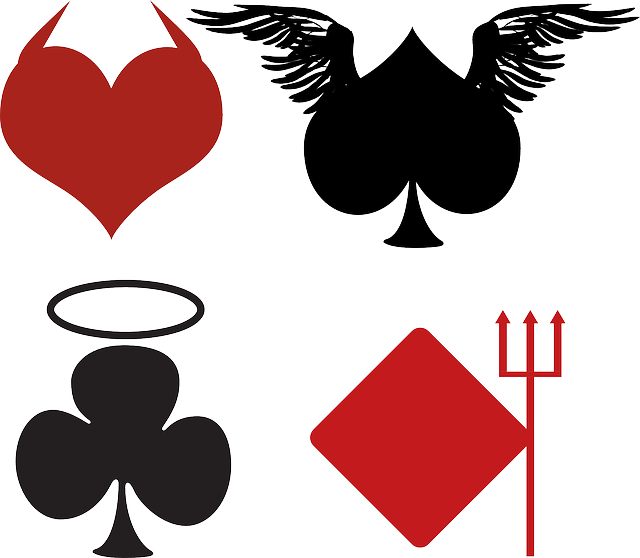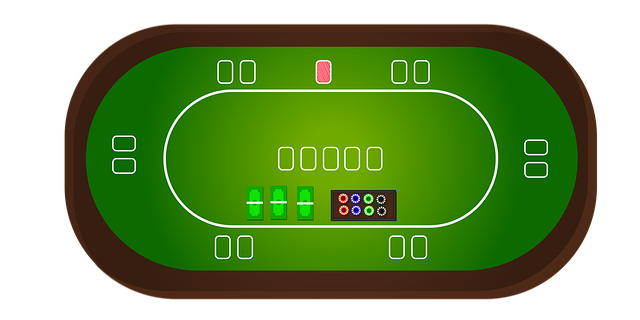Mastering poker begins with understanding hand rankings and rules. Familiarize yourself with card values, combinations like royal flush, and hierarchies such as pairs, three of a kind, straight, flush, and full house. These rankings guide strategic decision-making, essential for winning at "How to Play poker." Core mechanics include placing blinds, dealing cards clockwise, betting/calling/folding based on hand strength, and determining the best five-card hand according to hierarchy.
poker is a captivating game that blends skill, strategy, and a bit of psychology. To master it, you must first grasp its fundamentals—from hand rankings to betting rules. This guide will take you through the core concepts, strategic nuances, and diverse variations of poker. Whether you’re a novice or looking to refine your skills, understanding these aspects is crucial for navigating the exciting world of poker and making informed decisions at the table.
- Understanding Poker Hand Rankings and Rules
- – Basics of poker hand rankings: High card, pairs, two pairs, etc.
- – Game rules: Object, betting rounds, blind structure, dealer button
Understanding Poker Hand Rankings and Rules

Before diving into the game, it’s crucial to understand the basics of poker hand rankings and rules. Poker is a game of skill and strategy where players aim to win by forming the best five-card hand according to established hierarchies. Familiarize yourself with the order of hands, from high card to royal flush—a concept known as hand rankings. These rankings dictate the strength of your cards and guide your decisions during gameplay.
Each suit (hearts, diamonds, clubs, spades) contains cards from Ace to 10, with picture cards (Jack, Queen, King) adding value. A royal flush, for instance, is an Ace-King-Queen-Jack-10 all of the same suit, being the highest possible hand. Understanding these rankings and their combinations will empower you to navigate the game confidently, as it forms the foundation for strategic decision-making in How to Play Poker.
– Basics of poker hand rankings: High card, pairs, two pairs, etc.

Poker is a game that revolves around strategic hand rankings, where players aim to form the best combination of cards. Understanding these rankings is fundamental for any aspiring poker player. The hierarchy begins with High Card, where the highest-value card in your hand determines the winner. If no high card exists, the next ranking is Pairs, consisting of two cards of equal value. Two Pairs offer a higher ranking than one pair, and so on.
As you progress in the game, you’ll encounter more complex hands like Three of a Kind (three cards of the same rank) and Straight (five consecutive cards of different suits). Flush, where all five cards share the same suit, and Full House, combining a pair and three of a kind, are also significant. The ultimate goal is to have a Royal Flush—a rare hand consisting of ten, jack, queen, king, and ace of the same suit. Mastering these poker hand rankings is a crucial step in learning how to play poker effectively.
– Game rules: Object, betting rounds, blind structure, dealer button

Poker is a game that combines skill, strategy, and a touch of luck. The objective is simple: outwit your opponents by forming the best five-card hand according to the poker hierarchy. Each player places bets during several rounds, with the aim of winning the pot—the total amount wagered during those rounds.
The game starts with each player placing ‘blinds’—small bets that create an initial pot. The dealer then shuffles and deals cards face-up in a clockwise direction. The player to the left of the dealer, known as the ‘button,’ is responsible for dealing the cards. After the cards are dealt, players have the option to check (pass), bet, call (match the previous bet), or fold (discard their hand and forfeit their bets). This process repeats until all betting rounds are complete, at which point the highest-ranked hand wins the pot.
Poker is a game that combines skill, strategy, and a bit of luck. By understanding hand rankings and mastering the rules, you’ve taken the first steps to becoming a proficient poker player. Remember, practice makes perfect; play regularly, study different strategies, and adapt your approach based on your opponents’ styles. Whether you’re aiming for casual games or serious tournaments, the key is to stay focused, manage your bankroll effectively, and enjoy the thrill of the game. So, gather your friends or join an online table, and let your poker skills shine!






